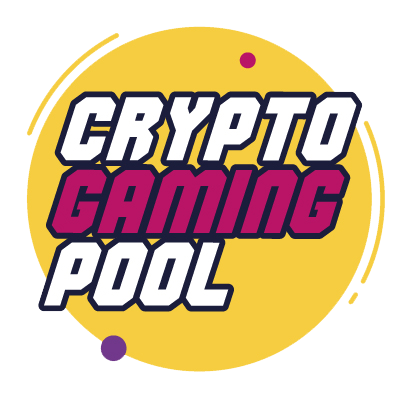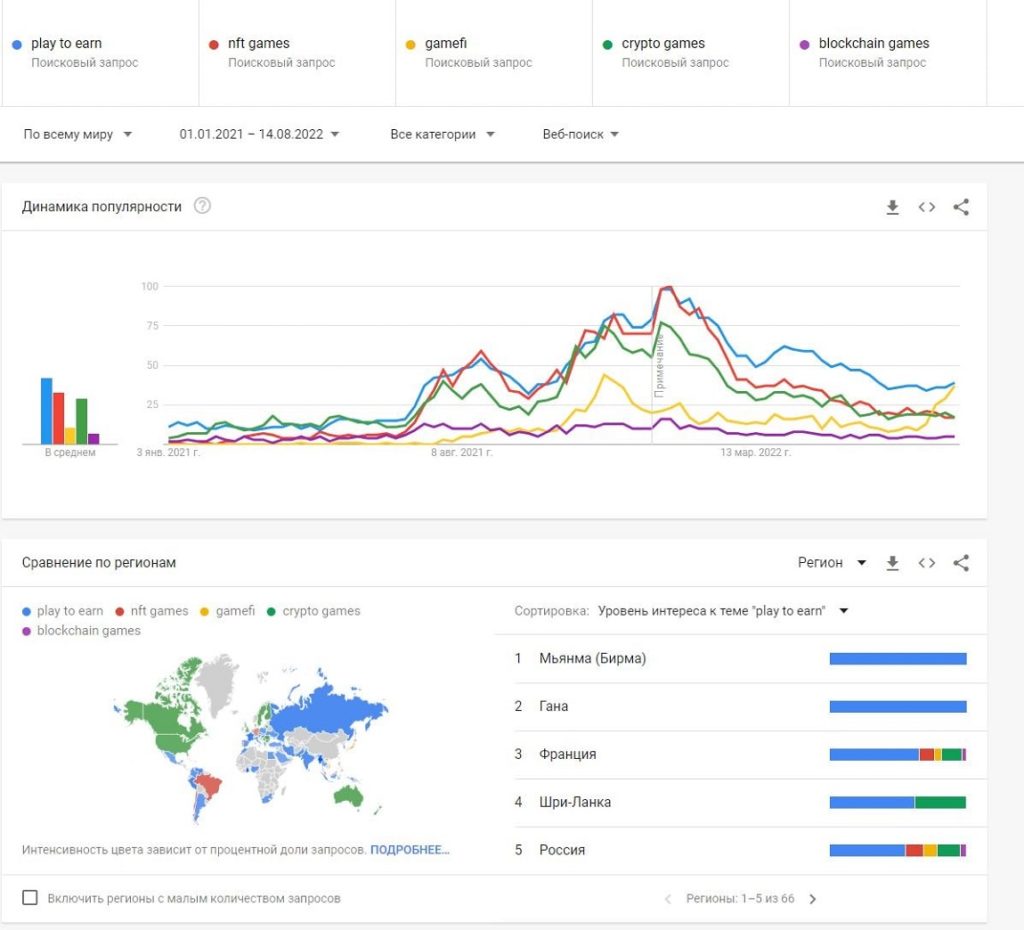So, in short… This needs to be stopped. Otherwise, our SEO will not converge in search queries 🙂
In one of the chats, the conversation turned to the definitions in Web3 (GameFi, Crypto Games, NFT-games, etc.) and everything got so mixed up in the perception of these things that there was even confusion between Web 3.0 and Web3.
To start, the difference between Web3 and Web 3.0
Web 3.0 is the concept of the semantic web. The creation of the concept is credited to Tim Berners-Lee, aka the father of the World Wide Web. Web 3.0 was also popularized in 2006 by Jason Calacanis.
https://en.wikipedia.org/wiki/Semantic_Web
https://calacanis.com/2007/10/03/web-3-0-the-official-definition/
Web3 – the term was introduced by Ethereum co-founder Gavin Wood and Polkadot founder (possibly borrowed from someone) in 2014. This is an alternative way of developing the Internet based on decentralization, NFT and all that. With one of the main values is fairness, ownership and subsequently stuck profit-sharing.
https://en.wikipedia.org/wiki/Web3
This branch of development is actively lobbied by A16Z and their investments in web3 startups look more like Strategic now.
NOW PRO GAMES
Initially, Crypto Games were on-chain. They were called Blockchain games, and the game itself was blockchain gaming. Subsequently, games with off-chain mechanics like axie infinity began to appear. Not all logic was on the blockchain. We at CGP came up with the term cryptogaming. These are the times when Axie Infinity was still experimenting with the Loom Network, which died, which played into the hands of Sky Mavis in the end and they made a super right move: They raised funds and made Ronin, due to which they were able to scale up to 2 million DAU. because the problem of scaling, expensive transactions and UI/UX was the main one. Without their infra, they would not have been able to do this. In short, crypto games are a description of any games related in one way or another to cryptocurrency/tokens.
Further, after the dawn of DeFi in the 20th, DeFi-based games or DeFi-gaming began to appear. Some blockchain games took mechanics from DeFi and became DeFi games, but the name was not very good and the Asians renamed it GameFi at the suggestion of Binance. In Southeast Asia, this term and such games have skyrocketed and given us thousands of dubious BSC projects, mostly from Southeast Asia, that have incubated there. You'll recognize GameFi out of 1000 by the cartoon faces in the Team section. In the people, such teams are called “The Nguyen Brothers”. No links to social networks. Just names and pictures created by a neural network. For some reason, even in the CIS, some guys adopted this thing with good intentions, thinking that this is not a bug, but a feature in crypto 🙂 In short, GameFi is more DeFi than a game only + NFT. There is no emphasis on the plot, lore and game mechanics. Something at the intersection of farm programs and games.
Play-to-Earn - monetization model. Not to be confused with player earnings. There is no income. This is a monetization model based on the fact that NFT assets are initially sold in a limited edition and collecting royalties from the secondary. Arose as a counterweight to Free-to-Play and Pay-to-Play. Basically, P2E incentivizes players with tokens for activity. profit-sharing. Again, it was not about making money in the truest sense of the word as a job. This is about remuneration for contribution to the development of the game and for the fact that this clumsy interface is generally used by someone. Such encouragement in Web3 is used everywhere, but marketers realized that it is more profitable to commercially call it earnings, so moneymakers and abusers came running and on a large number of users the old problem with inflation came out.
NFT games. In contrast to the problems with token inflation (and not really transparent regulation), NFT-based games have appeared, where basically it all comes down to earning NFT and the value of NFT and its collection. An NFT game can be Play-to-Earn. There is a regular soft currency, but it is not displayed on the exchanges and is not for sale. Therefore, such games usually live longer, but the earnings there are minimal.
At its core, Play-and-Earn. is no different from Play-to-Earn. P2E followed all the same principles. To be games, but because of the GameFi prejudice that made it seem like Play-to-Earn couldn't be fun... Ok, so be it. Already started to get used to Play-and-Earn. Here, marketers are betting that more incentives need to be created in order to overcome the Churn rate and token sales. Therefore, Play was highlighted. Not to play to earn, but to play AND to earn. Ok, a good undertaking, I approve, but anyway - this does not 100% solve the problem that the user does not bring enough benefits of the platformto pay him that much.
Now Play-to-Earn is almost a forbidden word. We also have experiments with other mechanics with -to-earn. Move, Sex, Learn. And this is good in general. eventually this missing grail in the form of usefulness from the players will be found. Without this grail, many projects eventually, due to problems with onboarding to crypto and crypto games, lead to the fact that CAC and ARPU do not converge with LTV and other KPIs and there is no point in continuing marketing. it will be negative. And given that crypto games are built in such a way that the developer simply cannot leave the project - he leaves it in English 🙂
PS In fact, it's probably not so important who calls what and you don't need to beat anyone for it. But let's say, when you build a target, then keep in mind that in Southeast Asia they practically don't speak Crypto Games. There more often it is called GameFi as a whole. And crypto games are more popular in the USA, Australia, Canada. In the CIS, it's just play-to-earn or crypto games.
Subscribe to our telegram channel and go to our main chat to discuss the latest news.


